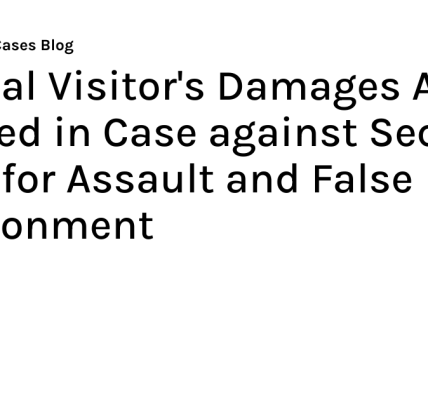If you ride a motorcycle in New York City, wearing a helmet, eye protection, and other safety gear greatly reduces your chances of sustaining severe injuries during a crash.
Another reason to always wear your safety gear is that failure to use the right equipment may lead to a significant reduction in the compensation that you’re eligible to receive from a motorcycle personal injury claim. That’s because New York State’s comparative negligence laws allow courts and insurance companies to penalize motorcycle riders who don’t take certain precautions.
If you were injured in a motorcycle accident in New York City, call us at (212) 986-7353 to schedule a FREE consultation today.
Motorcycle Safety Requirements in New York City
New York State has specific laws mandating the use of motorcycle safety gear. Under New York’s universal helmet law, all motorcyclists and their passengers must wear a Department of Transportation (DOT)-approved helmet. This requirement applies regardless of the rider’s age or experience.
Motorcyclists are also required to use eye protection such as goggles or a face shield unless the motorcycle is equipped with a windshield. Non-compliance with helmet and eye protection las may be considered contributory negligence, potentially reducing the compensation a rider can receive after an accident.
While New York State does not mandate specific requirements for protective clothing, wearing the proper gear is highly recommended for safety reasons, and it can also influence injury claims by demonstrating the rider’s commitment to safety.
Comparative Negligence and Motorcycle Safety Gear
When it comes to personal injury claims and lawsuits, New York State follows the pure comparative negligence rule, which allows a motorcyclist to recover damages even if they are partially at fault for an accident. But the compensation a rider can receive is reduced by their percentage of fault.
For example, if a motorcycle rider fails to wear a helmet or other protective gear, it can be argued that they contributed to the severity of their injuries, thereby increasing their percentage of fault. Under comparative fault laws, when a motorcycle rider is found to be 30 percent at fault, their compensation will be reduced by that amount. That means a rider who was awarded $100,000 in damages for their injuries would receive $70,000.
Effective Motorcycle Safety Equipment
Helmets are the most crucial piece of motorcycle safety equipment, providing significant protection against head injuries. They work by absorbing the impact energy during a collision, thereby reducing the force transmitted to the skull and brain.
DOT-approved helmets come with a hard outer shell, an impact-absorbing liner, and a comfortable inner padding, all of which contribute to their effectiveness. According to the National Highway Traffic Safety Administration (NHTSA), helmets are estimated to be 37{c9b670b3c77d807bdd7060c9fc0a99121cc6b184676c9335f3481a95c383dd4c} effective in preventing fatal injuries to motorcycle riders and passengers.
Effective eye protection is essential for ensuring a motorcyclist’s vision remains unobstructed, thereby enhancing overall safety. Goggles and face shields are the most common forms of eye protection, designed to prevent dust, debris, insects, and wind from impairing the rider’s vision.
Protective clothing and footwear are vital components of motorcycle safety gear, designed to minimize injuries in the event of an accident. Jackets and pants made from abrasion-resistant materials like leather or high-density textiles offer protection against road rash and cuts. Some gear includes built-in armor at critical points such as elbows, knees, and shoulders, providing additional impact protection.
Gloves with reinforced palms and knuckles can protect hands from injuries and improve grip on the handlebars. Protective footwear is also important. Sturdy boots with reinforced toes and non-slip soles protect feet and ankles from fractures and sprains. Properly fitted boots also prevent your feet from slipping off the footpegs, enhancing control over the motorcycle.
Reflective gear includes jackets, vests, and accessories with reflective strips or materials that catch and reflect light from headlights and streetlights. This increased visibility helps other motorists see the rider from a distance, reducing the risk of collisions. When selecting reflective gear, look for items with high-visibility colors such as neon yellow or orange, combined with reflective strips placed at strategic points like the chest, back, and limbs.
Motorcycle Accident Lawyers in NYC Who Win Big Cases
The New York motorcycle accident attorneys at Wingate, Russotti, Shapiro, Moses & Halperin, LLP have been getting justice for motorcycle accident victims for over 50 years. In fact, we’ve won over $1 billion for our clients.
WRSMH attorneys hold an AV Rating from Martindale-Hubbell. We’ve also been recognized by Super Lawyers for providing outstanding service to our clients based on peer recognition and independent research.
Call us at (212) 986-7353 to schedule a FREE consultation today.







